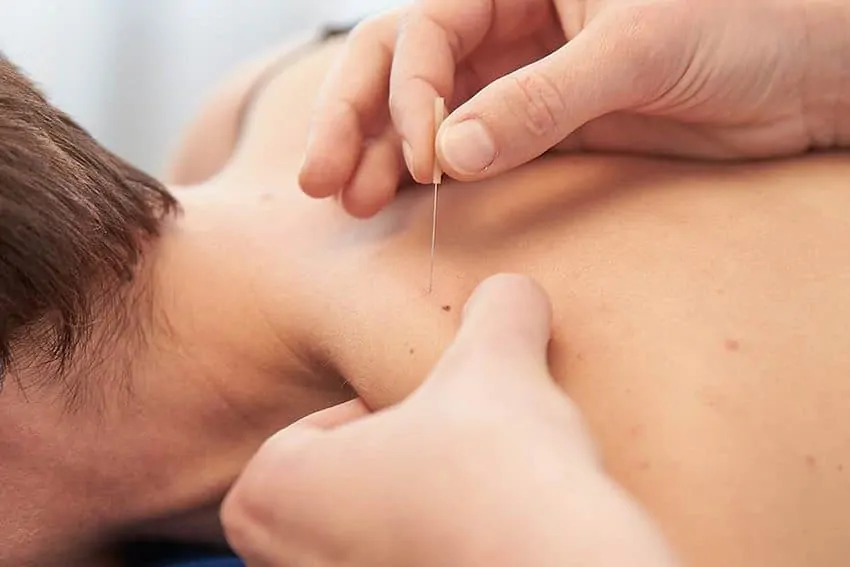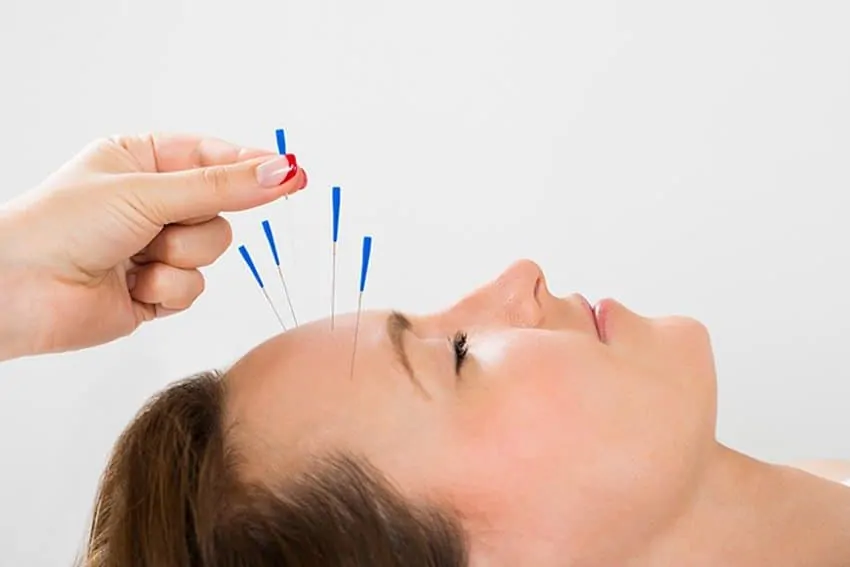Acupuncture
Dry-needling, or modern acupuncture, is a useful adjunct to Osteopathic treatment as it helps to reduce muscular spasm and tension by addressing the trigger points (hypersensitive, knotted, tight points) in the muscle. It is particularly appropriate when patients are suffering from muscular or ligamentous strain, arthritis, nerve irritation and tendonitis.
Medical Acupuncture
Medical acupuncture or dry Needling involves inserting a needle into the skin and muscle directly at a myofascial trigger point (MTP) consisting of multiple contraction muscle knots which are related to the production and maintenance of pain.
A trigger point is a hyper irritable point in a muscle that is associated with a hypersensitive palpable nodule, or “knot.” This area becomes painful at the site and can also “radiate” in predictable patterns.
Does it hurt: A healthy muscle feels very little discomfort with insertion of this needle. However, if the muscle is sensitive and shortened or has active trigger points within it, the subject will feel a sensation like a muscle cramp (the “twitch” response).


What is the difference between Dry Needling and Acupuncture?
The objectives and philosophy behind the use of dry needling by physical therapists is not based on ancient theories or tenets of traditional Chinese medicine. The performance of modern dry needling by physical therapists is based on Western Neuroanatomy and modern scientific study of the musculoskeletal and nervous systems.
Both Dry Needling and Chinese acupuncture do, however, use the same tool; a solid needle filament and in many cases use the same acupuncture points.
Who can benefit from Dry Needling:
Almost anyone experiencing a variety of pain problems including, but not limited to:
- Acute/Chronic injuries
- Headaches
- Neck/Back pain
- Tendinitis
- Muscle Spasms
- “Sciatica”
- Hip/Knee pain
- Muscle strains
- Fibromyalgia
- “Tennis/Golfer’s Elbow”
- Frozen Shoulder
- PFPS
- Overuse injuries
Acupuncture FAQ's
No, the needles do not hurt. In fact, most people barely feel anything when needles are inserted. Some people feel a slight pinch, and others ask “Is it in yet?” Acupuncture needles are solid, flexible, and very, very thin (about the width of two hairs).
There are certain sensations associated with the therapeutic effects of acupuncture. These may include slight cramping, heaviness, distention, tingling or electric sensation traveling along a meridian. If any discomfort is experienced, it is usually mild and temporary.
Acupuncture is widely acknowledged as one of the safest forms of medicine. Acupuncture needles are pre-sterilized, individually packaged, and disposable. Acupuncturists undergo extensive training and are regulated by the individual states’ medical board.
One of the greatest advantages of acupuncture is that it has virtually no side effects. Occasionally a small temporary bruise may appear at the site of an acupuncture needle. When compared to the laundry list of cautions and side effects for the average pharmaceutical drug, acupuncture is very low risk!
The frequency of treatment depends on your medical condition. When you come in for your first treatment, we’ll formulate a specific treatment plan for you.

